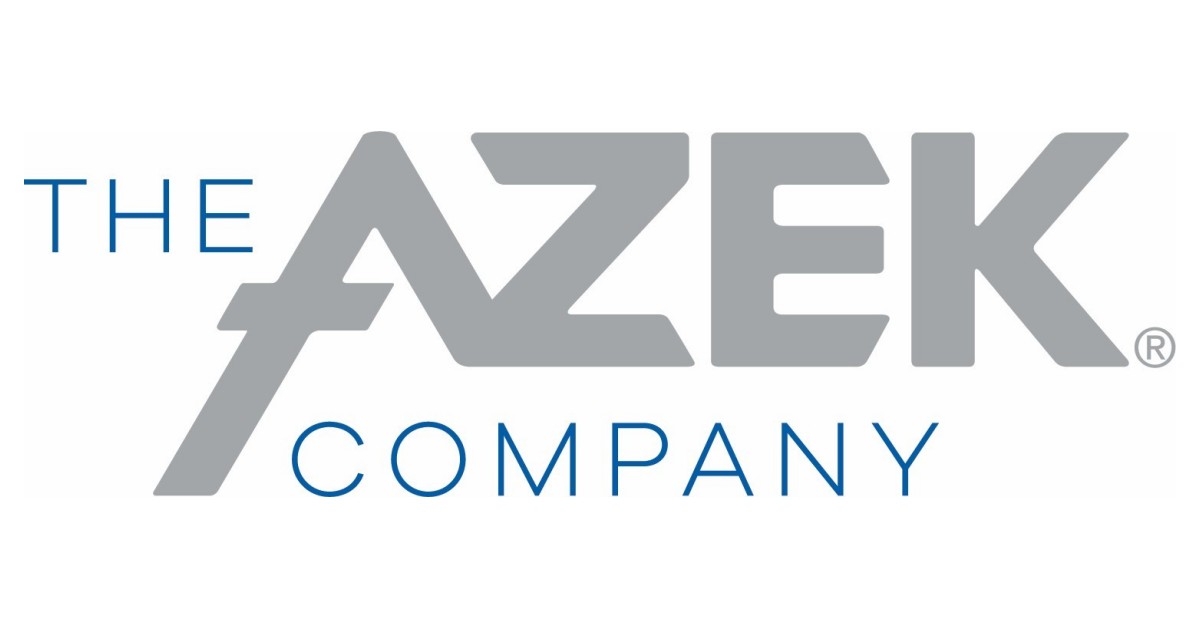Get in Touch
Thank you for your interest in working with Return Polymers. Please take a moment to complete the form and we will get in touch with you soon.
Once you’ve swept the floor and collected the bins of scrap from across your production floor, it’s easy to forget about those leftover bits of PVC.
But where do they go once they leave your facility?
The impact of PVC waste pollution is staggering, and growing.
The plain truth is that any scrap PVC that doesn’t get put into a recycling bin to be processed back into the supply chain is polluting the environment.
The Environmental Impact of Post-Industrial PVC
PVC is made from vinyl chloride monomers, which can release toxic chemicals when incinerated or left to degrade in landfills. These chemicals can contaminate the soil our food is grown in, the water we drink, and the air we breathe. It poses health risks to both humans and ecosystems.
Because it’s nonbiodegradable, PVC persists in the environment for a very long time. If it isn’t recycled, PVC waste accumulates in landfills, taking up valuable space and potentially leaching all those harmful substances into the surrounding environment.
Scrap PVC that isn’t held captive in a landfill and that doesn’t get recycled makes its way to our oceans and waterways, harming marine life through ingestion, entanglement, and habitat destruction. Birds consume bits of scrap PVC that look like food and die of starvation, their bellies filled with plastic.
PVC can persist, floating in the Great Pacific Garbage Patch and beyond, for hundreds of years.
We Have to Find Sustainable Solutions for PVC Waste
The damage to our environment is real, and proper disposal and recycling of PVC waste can certainly help. But there are other reasons for finding sustainable solutions for PVC waste, besides reducing harm to our ecosystems.
Recycling PVC waste reduces our reliance on virgin PVC production, which is derived from non-renewable fossil fuels.
Recycling PVC waste consumes less energy compared to producing new from raw materials, saving energy and reducing greenhouse gas emissions.
And recycling PVC waste creates economic opportunities within a circular economy, where materials are reused and recycled rather than discarded.
That’s the kind of business Return Polymers is in—we’re part of AZEK’s Full-Circle PVC Recycling Program—utilizing our innovative product technology to collect PVC scraps and reprocess them into brand new decking, siding, cladding, and trim. We divert PVC scrap away from landfills, oceans, and waterways, back into sustainable building products that can be recycled indefinitely.
If we don’t do something about industrial PVC waste, the environment will suffer, non-renewable resources will continue to be depleted, pollution will grow, and exposure to toxic chemicals released from PVC waste will increasingly pose risks to human health.
Let’s put a collection bin for scrap PVC in your facility and start recycling your materials. Get in touch with Return Polymers to learn more today.
« Back to Blog

